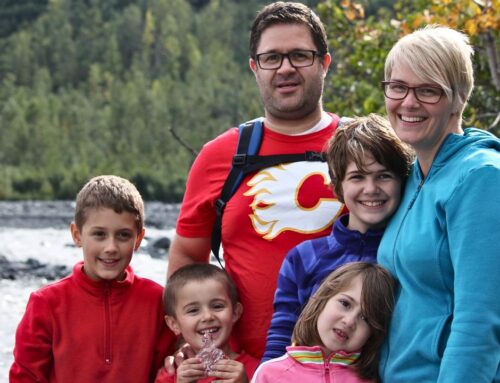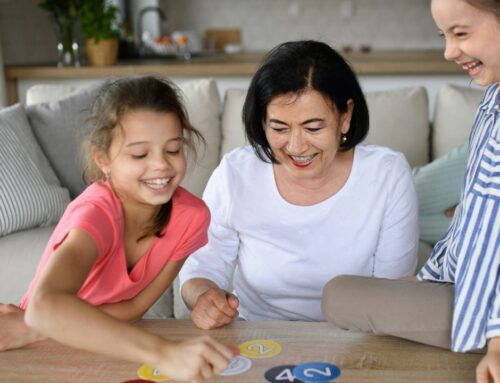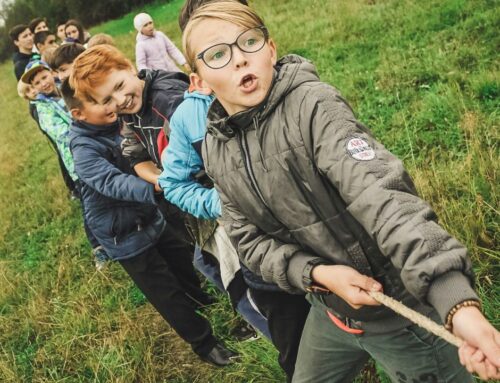SelfDesign® Learning Community is an online learning and personalized learning school. One of the key tenets of our approach is that learning takes place at home, online and in the community. If you are considering enrolling your child in SelfDesign Learning Community, you will find that the day-to-day set up for learning differs from that involved with traditional brick-and-mortar schools.
Welcome to this fourth post in our blog series about enrolment at SelfDesign. We’re sharing helpful tips and useful information about enrolling your child in programs and services offered by the SelfDesign Learning Foundation. Check out the first and second post of the series, and be sure to check back over the next few weeks as we publish more.
In SelfDesign Learning Community, each child is the centre and focus of their own learning. To help make that happen, our B.C. certified educators work closely with you, the child’s parents and family, and your child to guide learning undertaken throughout the year. This collaboration creates unique circumstances that benefit your child and family but comes with unique logistical and time considerations, too.
To support your child during their SelfDesign learning year, we recommend that you give some thought to the considerations outlined below.
1. Parents of a SelfDesign learner works with a BC certified educator and the child to develop a personalized learning plan for the child – The personalized learning plan maps your child’s interests and curiosities, specifying resources and activities that will be used to facilitate learning and meet B.C. educational requirements.
2. Parents of a SelfDesign learner must be present and able during the day to help facilitate learning experiences for their child daily – SelfDesign parents do not need special teaching skills and can come from any educational background. However, they typically mentor their children, conduct research to support their children’s learning, facilitate learning experiences, provide resources, and help teach skills. Parents also learn alongside their children when trying new things.
3. The supervising parent or guardian will also communicate weekly with the educator and learner through a process called Observing for Learning. (Please note: the B.C. Supreme Court has ruled that children under the age of 10 cannot be left unsupervised at home.)
Being a parent of a SelfDesign learner requires a time commitment, which varies for each learner. For example, the weekly Observing for Learning communications with each learner and their educator can take approximately one hour per learner every week during the learning year. Learners who are starting to take on the role of self-reporting also need support as they take on more responsibility and start to organize their own time and set goals for themselves. Likewise, learners in grades 10-12 require support as they navigate the more robust weekly offerings that require approximately 20 hours of online engagement a week.
4. SelfDesign learners and families need an active computer and reliable internet access in place at home – Learners will need a working desktop computer (not a mobile device/tablet/smartphone) and need a reliable broadband Internet access to connect to our learning platform. SelfDesign provides support for the access and use of our systems.
5. Learners and their families must have basic computer skills, including web browser use, the ability to send and receive email, word processing, and sharing documents/media.
6. SelfDesign parents or guardians will help improve their children’s learning experience if they are willing to research and become familiar with potential learning opportunities within the local community – Learning takes place at home, online and in the community. Working with your child and learning consultant, you and the learner are encouraged to leverage opportunities within your community to support and further your child’s personalized learning plan. Art classes, team sports, swimming lessons, dance classes, youth book clubs, and more, are all possibilities.







